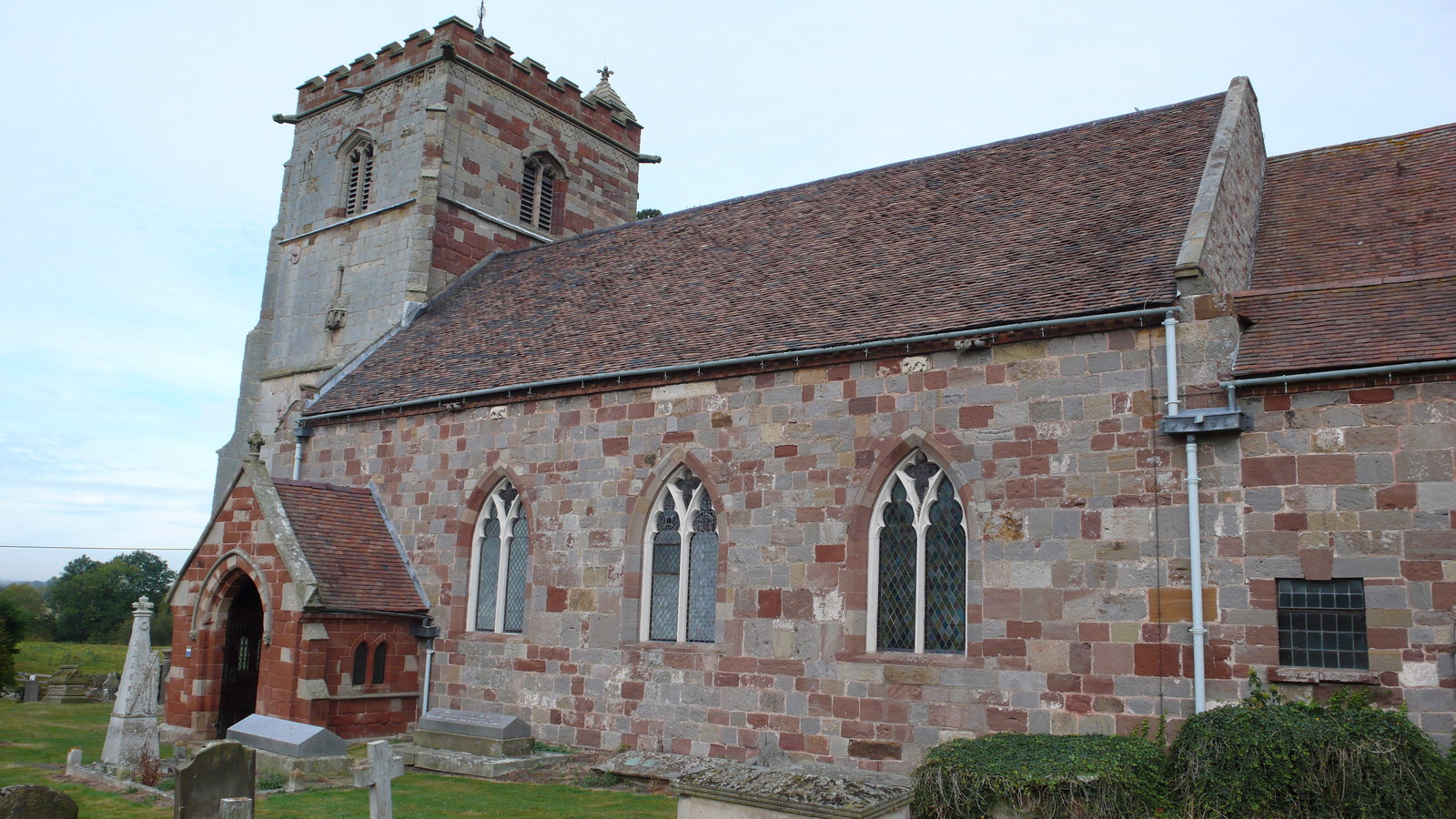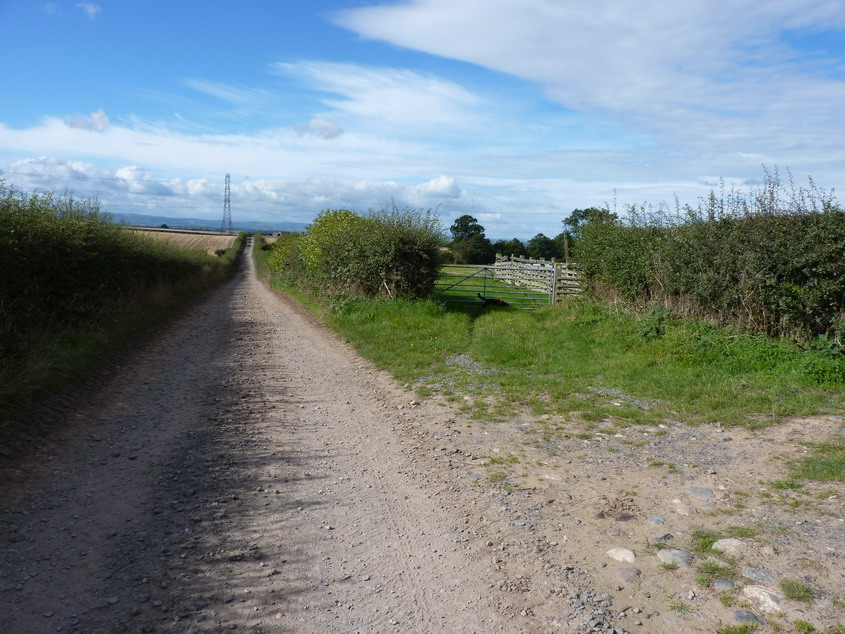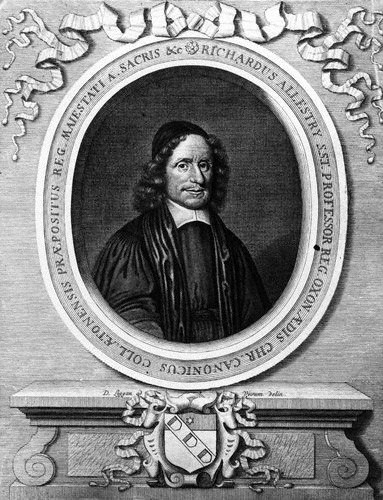|
Uppington
Uppington is a village in the English county of Shropshire. It lies in the civil parish of Wroxeter and Uppington. It is situated 7.5 miles East from Shrewsbury and 4 miles South-East from Wellington. It is located within the Diocese of Lichfield, within the Rural Deanery of Wrockwardine. Uppington covers a total area of around 706 acres, much of this being open fields, used for arable and pastoral farming, as well as a small amount of local woodland. The Village The village of Uppington consists of various residential houses, Uppington Village Hall, Avenue Farm, Raby Farm, Raby Estates, Raby Sawmill and Uppington House. The village is fairly isolated and is only connected via four small tracks connecting it to other villages, the Northern track out of the village leads to Roman Road/B5061 and the A5. Surrounding Uppington are the small villages of Charlton, Aston, Rushton, Donnington, Uckington, Norton and Wroxeter. These small villages lay in between the two large towns of ... [...More Info...] [...Related Items...] OR: [Wikipedia] [Google] [Baidu] |
Listed Buildings In Wroxeter And Uppington
Wroxeter and Uppington is a civil parish in Shropshire, England. It contains 44 listed buildings that are recorded in the National Heritage List for England. Of these, one is listed at Grade I, the highest of the three grades, five are at Grade II*, the middle grade, and the others are at Grade II, the lowest grade. The parish contains the villages of Wroxeter and Uppington and smaller settlements, and is otherwise rural. Wroxeter occupies part of the Roman city of ''Viroconium Cornoviorum Viroconium or Uriconium, formally Viroconium Cornoviorum, was a Ancient Romans, Roman city, one corner of which is now occupied by Wroxeter, a small village in Shropshire, England, about east-south-east of Shrewsbury. At its peak, Viroconium ...'', and items of Roman masonry have been incorporated in some of the buildings in the parish, some of which are listed. Most of the listed buildings in the parish are houses, cottages, farmhouses and farm buildings, many of w ... [...More Info...] [...Related Items...] OR: [Wikipedia] [Google] [Baidu] |
Parish Of Wroxeter And Uppington
Wroxeter and Uppington is a civil parish in the English county of Shropshire. The population of the Civil Parish at the 2011 census was 382. It lies mainly between the River Severn and the old A5 (now the B5061) and stretches from Atcham to The Wrekin. The main villages are Wroxeter and Uppington. Also forming part of the parish are the hamlets of Rushton, Charlton Hill, Donnington, Eyton and Dryton, as well as Atcham Business Park/Industrial Estate. The parish has an active cricket Cricket is a bat-and-ball game played between two teams of eleven players on a field at the centre of which is a pitch with a wicket at each end, each comprising two bails balanced on three stumps. The batting side scores runs by striki ... club, the Wroxeter & Uppington CC. Formed in 1906, it was originally based in Donnington, and now has a ground in Uppington. [...More Info...] [...Related Items...] OR: [Wikipedia] [Google] [Baidu] |
Wroxeter
Wroxeter is a village in Shropshire, England, which forms part of the civil parish of Wroxeter and Uppington, beside the River Severn, south-east of Shrewsbury. ''Viroconium Cornoviorum'', the fourth largest city in Roman Britain, was sited here, and is gradually being excavated. History Roman Wroxeter, near the end of the Watling Street Roman road that ran across Romanised Celtic Britain from '' Dubris'' (Dover), was a key frontier position lying on the bank of the Severn river whose valley penetrated deep into what later became Wales following brytons fall to the Anglo Saxons, and also on a route to the south leading to the Wye valley. Archaeology has shown that the site of the later city first was established about AD 55 as a frontier post for a Thracian legionary cohort located at a fort near the Severn river crossing. A few years later a legionary fortress (''castrum'') was built within the site of the later city for the Legio XIV Gemina during their invasion o ... [...More Info...] [...Related Items...] OR: [Wikipedia] [Google] [Baidu] |
Harry Powlett, 4th Duke Of Cleveland
Harry George Powlett, 4th Duke of Cleveland (19 April 1803 – 21 August 1891), styled The Honourable Harry Vane until 1827 and Lord Harry Vane from 1827 to 1864, who in 1864 adopted by Royal Licence the surname and arms of Powlett in lieu of Vane, was an English landowner, diplomat and Whig statesman. During the crisis which led to the collapse of Lord Russell's government in 1866 over the question of parliamentary reform, he was considered a possible compromise prime minister in a Whig-Conservative anti-reform coalition government, but such plans came to nothing. Origins Vane was the third son of William Vane, 1st Duke of Cleveland KG (1766–1842), by his wife Lady Catherine Margaret Powlett, daughter of Admiral Harry Powlett, 6th Duke of Bolton (1720–1794). His elder brothers were Henry Vane, 2nd Duke of Cleveland KG (1788–1864), and William Vane, 3rd Duke of Cleveland (1792–1864). Career Vane was educated at Oriel College, Oxford. He entered the foreign servic ... [...More Info...] [...Related Items...] OR: [Wikipedia] [Google] [Baidu] |
Goronwy Owen (poet)
Goronwy Owen (1 January 1723 – July 1769) was one of the 18th century's most notable Welsh poets. He mastered the 24 traditional bardic metres and, although forced by circumstances into exile, played an important role in the literary and antiquarian movement in Wales often described as the Welsh 18th-century Renaissance. Life Owen was born on New Year's Day, 1723, in the parish of Llanfair Mathafarn Eithaf in Anglesey. During his childhood he lived at his ancestral home, "Y Dafarn Goch". He was later educated at Friars School, Bangor, and Jesus College, Oxford, although he did not remain long at the college. He was admitted to the college as a servitor on 3 June 1742 but, whilst his name remained on the college's books until March 1748 (albeit with some omissions), he only resided in the college for about one week in the Midsummer Term of 1744 and incurred a debt of 15 s 1 d which was never paid. In January 1746 he was ordained and served for a time as curate of St Ma ... [...More Info...] [...Related Items...] OR: [Wikipedia] [Google] [Baidu] |
Richard Allestree
Richard Allestree or Allestry ( ; 1621/22 – 28 January 1681) was an English Royalist churchman and provost of Eton College from 1665. Life The son of Robert Allestree, descended from an old Derbyshire family, he was born at Uppington in Shropshire. Although John Fell gave his birth date as March 1619, this conflicts with his college records. He was educated at Coventry and later at Christ Church, Oxford, under Richard Busby. He entered as a commoner in 1636, matriculating as a student on 17 February 1637 aged fifteen, and took the degree of B.A. in 1640 and that of M.A. in 1643. In 1642 he joined the king's army, under Sir John Byron. When the parliamentary forces arrived in Oxford, he hid the Christ Church valuables, and the soldiers found nothing in the treasury "except a single groat and a halter at the bottom of a large iron chest". Allestree escaped severe punishment only because the army hastily retreated from the town. He was present at the Battle of Edgehill in Oc ... [...More Info...] [...Related Items...] OR: [Wikipedia] [Google] [Baidu] |
Civil Parish
In England, a civil parish is a type of Parish (administrative division), administrative parish used for Local government in England, local government. It is a territorial designation which is the lowest tier of local government below districts of England, districts and metropolitan and non-metropolitan counties of England, counties, or their combined form, the Unitary authorities of England, unitary authority. Civil parishes can trace their origin to the ancient system of Parish (Church of England), ecclesiastical parishes, which historically played a role in both secular and religious administration. Civil and religious parishes were formally differentiated in the 19th century and are now entirely separate. Civil parishes in their modern form came into being through the Local Government Act 1894, which established elected Parish councils in England, parish councils to take on the secular functions of the vestry, parish vestry. A civil parish can range in size from a sparsely ... [...More Info...] [...Related Items...] OR: [Wikipedia] [Google] [Baidu] |
Civil Aviation Authority
A civil aviation authority (CAA) is a national or supranational statutory authority that oversees the regulation of civil aviation, including the maintenance of an aircraft register. Role Due to the inherent dangers in the use of flight vehicles, national aviation authorities typically regulate the following critical aspects of aircraft airworthiness and their operation: * design of aircraft, engines, airborne equipment and ground-based equipment affecting flight safety * conditions of manufacture and testing of aircraft and equipment * maintenance of aircraft and equipment * operation of aircraft and equipment * licensing of pilots, air traffic controllers, flight dispatchers and maintenance engineers * licensing of airports and navigational aids * standards for air traffic control. Depending on the legal system of the jurisdiction, a CAA will derive its powers from an act of parliament (such as the Civil or Federal Aviation Act), and is then empowered to make regulations w ... [...More Info...] [...Related Items...] OR: [Wikipedia] [Google] [Baidu] |
Gliding
Gliding is a recreational activity and competitive air sport in which pilots fly unpowered aircraft known as gliders or sailplanes using naturally occurring currents of rising air in the atmosphere to remain airborne. The word ''soaring'' is also used for the sport. Gliding as a sport began in the 1920s. Initially the objective was to increase the duration of flights but soon pilots attempted cross-country flights away from the place of launch. Improvements in aerodynamics and in the understanding of weather phenomena have allowed greater distances at higher average speeds. Long distances are now flown using any of the main sources of rising air: ridge lift, thermals and lee waves. When conditions are favourable, experienced pilots can now fly hundreds of kilometres before returning to their home airfields; occasionally flights of more than are achieved. Some competitive pilots fly in races around pre-defined courses. These gliding competitions test pilots' abilities t ... [...More Info...] [...Related Items...] OR: [Wikipedia] [Google] [Baidu] |
Light Aircraft
A light aircraft is an aircraft that has a maximum gross takeoff weight of or less.Crane, Dale: ''Dictionary of Aeronautical Terms, third edition'', page 308. Aviation Supplies & Academics, 1997. Light aircraft are used as utility aircraft commercially for passenger and freight transport, sightseeing, photography, and other roles, as well as personal use. Examples of aircraft that are at the maximum gross takeoff weight for this category include the de Havilland Canada DHC-6 Twin Otter and Beechcraft B200 Super King Air. Uses Uses include aerial surveying, such as monitoring pipelines, light cargo operations, such as "feeding" cargo hubs, and passenger operations. Light aircraft are used for marketing purposes, such as banner towing and skywriting, and flight instruction. The majority of personal aircraft are light aircraft, the most popular in history being the Cessna 172, and most popular in modern history being the Cirrus SR22 and Robinson R44. Larger light aircra ... [...More Info...] [...Related Items...] OR: [Wikipedia] [Google] [Baidu] |
Aviation Engineering
Aviation engineering is a branch of engineering which deals with airspace development, airport design, aircraft navigation technologies, and aerodrome planning. It also involves the formulation of public policy, regulations, aviation laws pertaining to airspace, airlines, airports, aerodromes and the conduct of air services agreements through treaty. This branch of engineering is distinct from aerospace engineering which deals with the development of aircraft and spacecraft. Airspace development The global airspace is divided into territorial airspace which then belongs to a country. Generally, airspace has to be engineered to benefit both military and civil users. Planning and designing airspace is important so as not to affect military operations and in order to designate air routes for commercial airlines to navigate freely without intervention by military authorities. For instance, not all of China can be used for commercial aeronautical navigation. Certain airspaces are desig ... [...More Info...] [...Related Items...] OR: [Wikipedia] [Google] [Baidu] |




